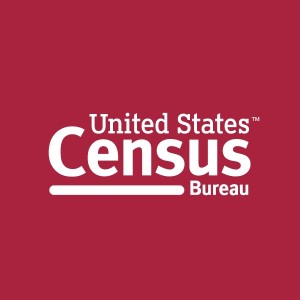 The Massachusetts State Data Center at the UMass Donahue Institute is hosting free in-person data training from the U.S. Census Bureau on September 21, 2015 in Hadley, MA. This event will feature two sections, a morning session focused on the 2012 Economic Census and the OnTheMap data tool for emergency management and the afternoon session will focus on how to use Census data to spur economic development. Participants may attend the morning, afternoon or both but please register using the Evenbrite links below. Seating is limited to 35 attendees per session and the sessions are filling up fast.
The Massachusetts State Data Center at the UMass Donahue Institute is hosting free in-person data training from the U.S. Census Bureau on September 21, 2015 in Hadley, MA. This event will feature two sections, a morning session focused on the 2012 Economic Census and the OnTheMap data tool for emergency management and the afternoon session will focus on how to use Census data to spur economic development. Participants may attend the morning, afternoon or both but please register using the Evenbrite links below. Seating is limited to 35 attendees per session and the sessions are filling up fast.
Session descriptions
Economic Census and Programs Session – Morning
The morning session (9am-12pm) will start with a general overview of the 2012 Economic Census and Census economic programs in general. Then there will be a demonstration of Census’s OnTheMap data tool for emergency management. Your local Census Bureau partner from the New York City regional office will close this session with an overview of the regional office’s activities and other training opportunities they offer.
Register for the Sept 21, 2015 Hadley, MA morning session here: https://www.eventbrite.com/e/us-census-bureau-training-hadley-ma-morning-session-tickets-18444290369
Census Data to Spur Economic Development Session – Afternoon
The afternoon session (1pm-4:30pm) will begin with Census teaching us how to use Census data to spur economic development. Then Census will show us how to access Longitudinal – Employer Household Dynamics data (LED data), an important new set of data we have been eagerly anticipating. Your local Census partner will close this session with a demonstration of the Census Reporter web application and an overview of the regional office’s activities and other training opportunities they offer.
Register for the Sept 21, 2015 Hadley, MA afternoon session here: https://www.eventbrite.com/e/us-census-bureau-training-hadley-ma-afternoon-session-tickets-18512106208
Location: UMass Donahue Institute 100 Venture Way #9, Hadley, MA 01035


 The
The